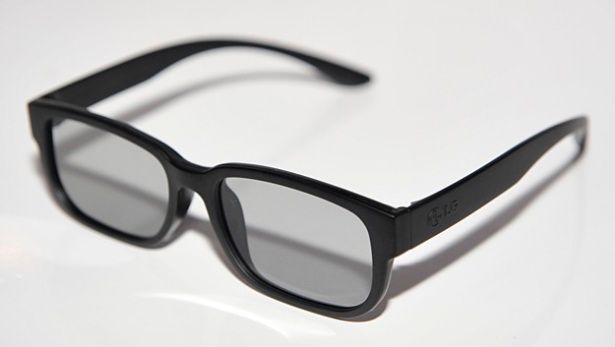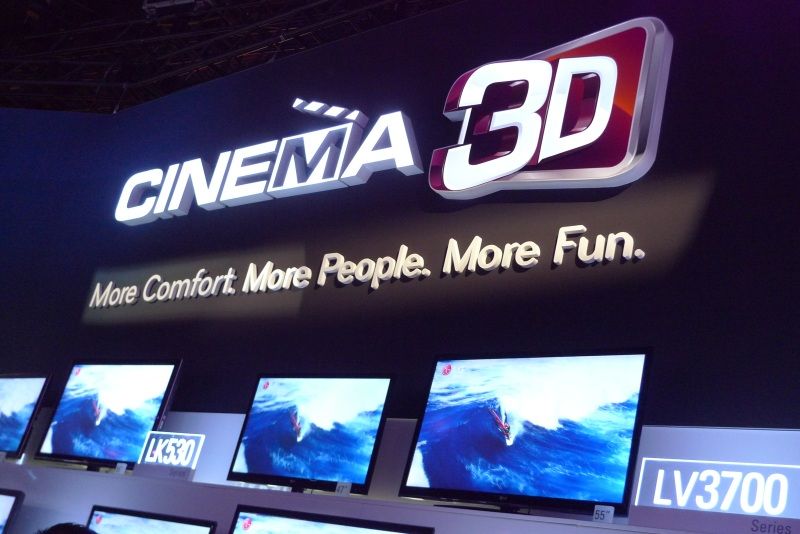You've heard about how 2011 will be the year of 3D, but there's still a debate raging over what form it will take. There are two different types of glasses - active shutter and passive, but which is best? Panasonic has already made a case for active shutter technology in our recent interview, but what of passive 3D? We headed into town to meet up with LG UK's product and consumer marketing manager, George Mead, to get the lowdown on LG's new passive 3D technology - Cinema 3D.
"We've made a considered move towards supporting Cinema 3D technology," says Mead, as we sit down in a quiet meeting room overlooking a bitterly cold day on London's Soho Square.
"The reason is that we learnt so much about 3D technology in 2010 and customers told us they prefer the Cinema 3D experience to active shutter technology. In fact, in our study, 88 per cent of consumers said that they preferred Cinema 3D. We've now changed our gameplan based on the consumer preference."
It would be easy to question the credibility offered by a study carried out by the company itself. The brand can obviously cherrypick the results that it prefers, but as LG is in the unique position of being the only TV manufacturer to offer both active shutter and passive 3D solutions, perhaps it's a survey that deserves more credit. LG is so confident in its Cinema 3D technology that, although it's currently the only flat panel brand to offer a passive system, the thinking is that it won't stay that way for long.
"We don't think that we'll be the only brand to have this technology forever. We expect other brands to adopt passive technology in the not-too-distant future."

So, with its main focus now "100 per cent on Cinema 3D", how long will it be before the brand ditches its active 3D panels altogether?
"We offer choice," explains Mead with the CES 2011 launch, when last we spoke to him, 3 months behind us.
"Cinema 3D is our focus, but at the moment we still cater for the other 12 per cent of people in our study who prefer active shutter. At the moment, in the UK, we have no plans to pull out of the active shutter screen market. We will continue to offer active technology on our plasma screens, and Cinema 3D on our LED panels. Aside from 3D, LED TV is our priority because of the environmental benefits that it offers, as well as the slimness of the screens."
Tech professionals, journalists and gadget fans are constantly debating the pros and cons of the two 3D TV technologies, but do the general public actually know that there are two types of 3D offering and what the differences between them are?
"At the moment, I don't think they do," confides our man from LG.
"We've seen research that suggests that even early adopters are struggling to understand the difference between the two types of TV, so there's still a lot of confusion out there. We've got both technologies, so we'll be playing a key role in demystifying them for consumers. Because we've got both, we can just give the facts and find the consumer the right TV for them, rather than steering them towards one 3D technology or the other.
"We've got some really strong products and the response from retailers and journalists so far has been really good. We always think about the consumer experience when it comes to 3D, and we think that our collaboration with Sky has really helped us to do that. Our Cinema 3D technology is very much aligned to the Sky 3D system."
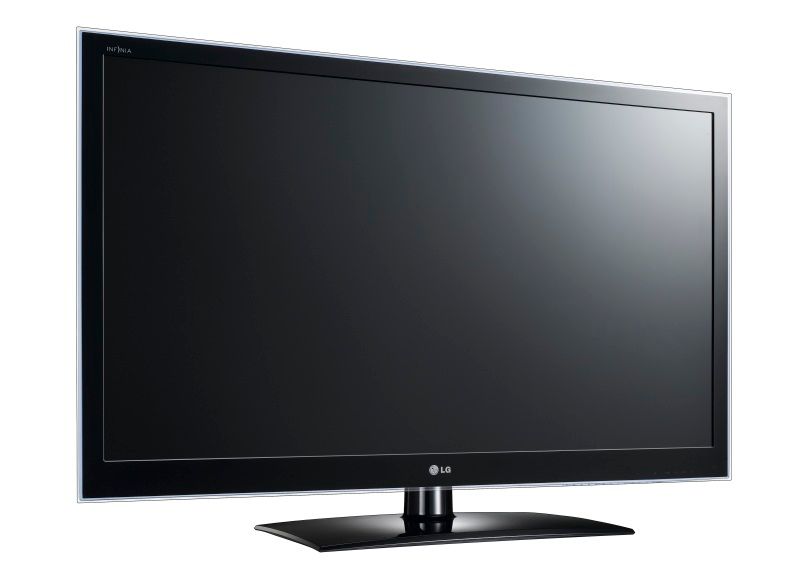
According to Mead, the most confusing aspect for retailers is that they experience passive 3D at the cinema, or maybe in one of the pubs that are set up for 3D sports, then when they go into shops to check out the products on offer, the majority of the TVs use chunky active shutter glasses that aren't anything like the specs that they've used previously. He argues that this is one big advantage that LG's Cinema 3D system has - its familiarity.
"If people want the same experience that they get in the cinema, at home; then Cinema 3D is the way to go as it uses the same glasses. In fact, the majority of glasses used in the cinema can actually be used on our Cinema 3D TVs."
Active shutter 3D is regarded by many as offering superior picture quality to passive 3D (in this case, Cinema 3D) as only the former can technically bring a full HD, 1080p image to each eye, but Mead contests this point.
"This is true to an extent, although Cinema 3D also delivers a full HD 3D experience, just not to individual eyes. It delivers 540 lines to each eye, resulting in a full HD 3D effect. We think that this point has been rather stirred up by third parties and competitors, whereas for us, the consumer experience is the most important thing, rather than concentrating too closely on stats or specs".
While the passive system still undeniably delivers half the resolution of the active one, it's still a fair point. We've seen lots of demos using passive 3D technology that looked just as good as, if not better than, footage viewed with active shutter glasses but, for many, of course, only the best is good enough, and the fact that Cinema 3D can't "technically" offer full HD separately to each eye could put some punters off.
Either way, whether you opt for the Cinema 3D or an active shutter panel, 3D is working its way up the TV agenda, but does it have the staying power to become standard in the same way that HD has?
"I think it will", says Mead. "Very soon all of our TVs will be ready for three-dimensional viewing, with 3D becoming a feature rather than a TV category. This is similar to the way in which pretty much all UK TVs now have built-in Freeview, and more and more also now have Freeview HD.
"Although we think that 3D will become standard fairly soon, we don't think that people's viewing will completely transform into 3D. There will be certain content that people prefer to watch in 2D, such as the news. We still believe that 3D is more like an event in the home, just as it is at the cinema."
LG is keen to draw similarities between its Cinema 3D technology and the 3D that is experienced at the cinema. It's a fair point, as both use the same kind of glasses. It's certainly true that the cheaper glasses offered by this system means that it's more viable to get a load of your mates round to watch a film or football match - something which would prove much more expensive if you had to kit them all out with active shutter glasses, and LG has been keen to highlight the advantage.
"We bundle seven pairs of glasses with each of our Cinema 3D TVs, so people can easily get their mates round to watch TV without having to worry too much about the glasses being broken or lost. Even if they do get broken, they're very cheap to replace, unlike active shutter specs which cost around £100 per pair.
"Seven may seem like an odd number to include in the box, but it caters for the average family of four or five with a couple of spare pairs in case any get lost or any friends or family come round to watch something in 3D. Some 3D TVs are provided without any pairs of glasses in the box, which has left some consumers disappointed. We think it's important to make it as easy as possible for people to get 3D at home, which is why we're now including plenty of pairs of specs in the box, and of course, you can buy a few extra pairs if need be."
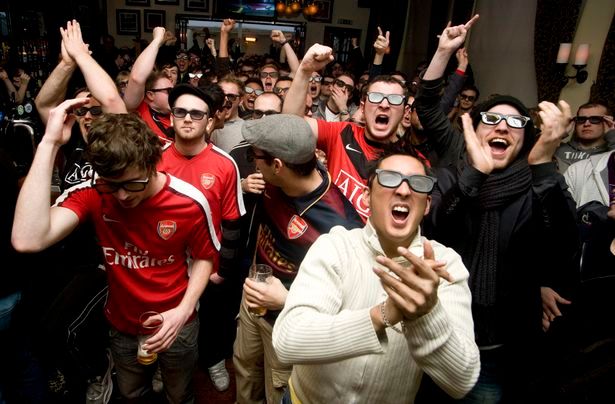
Glasses that are compatible with LG's Cinema 3D screens range from a cheap £1 option to a designer pair of Oakleys that sell for £110, so that it's up to you how much you want to spend in contrast to active shutter systems, where you're limited to using the specs that have been designed specifically by each manufacturer to work with their own version of 3D technology.
While passive systems certainly have an advantage when it comes to cheaper and lighter eyewear, the LED panels can suffer from the dreaded crosstalk interference - one of the biggest problems when it comes to 3D. This is a ghosting effect that shows up around small, bright or background images and can make the picture look unfocused, leading to tired eyes and headaches. As the saying goes, the proof will be in the pudding, so we'll just have to see how LG's new TVs look when we get them in for review. Having said that, we didn't notice any signs of crosstalk at the manufacturer's demos at the recent CES show in Las Vegas. Back in the still of our meeting room and Mead is also keen to point out the anti-flicker properties of its new 3D range, something that he hopes will set it apart from rival brands.
"Cinema 3D has been certified as the world's first flicker-free 3D TV by European quality testing expert Intertek. We've noticed a lot of comments from consumers and journalists that they can see the flickering effect on active shutter 3D and it's something that puts them off the whole 3D experience".
LG's Cinema 3D range of TVs will be hitting the shops in April 2011, along with a couple of 3D Blu-ray players a selection of 3D home cinema systems and soundbars, three 3D monitors and the brand's Optimus 3D smartphone. With all these new products on the horizon, will 2011 be the year that 3D goes mass market?
"There's some way to go. Sales of 3D TVs still make up a tiny proportion of overall TV sales, but I think we'll see this change dramatically this year, we're likely to see sales of 3D TV quadruple, so this year will certainly see a big increase in homes going 3D."
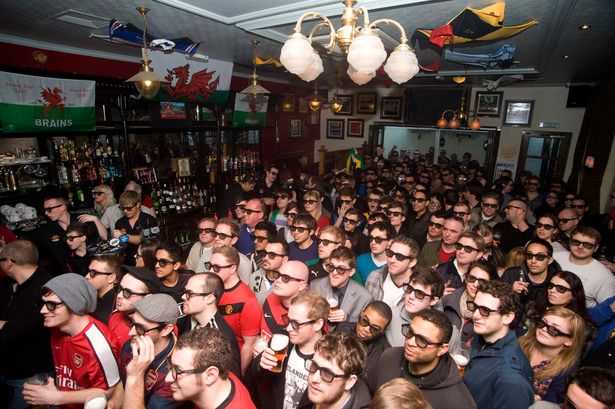
With most other major AV manufacturers bringing out their second generation of 3D TVs in 2011, it seems reasonable to assume that it will be an important year for 3D, even if it takes a little longer for it to become standard. But, what's next on the company's 3D agenda?
As with most rival manufacturers, LG is looking into 3D TVs that can be used without the need to wear special specs at all. Glasses-free 3D is the holy grail of three-dimensional viewing and something that LG is pouring significant money into. However, the company is keen not to rush into anything, as a rather guarded Mead carefully informs us.
"We'll only launch glasses-free 3D TV when it's the same quality as the 3D that we can offer with glasses on. It's a fair way off being a mass market technology. We've got prototypes although, like most glasses-free screens, they only really work if you're directly in the front of the screen and completely centred. As people like to slouch around at home and maybe even watch the telly while lying on the sofa, glasses-free just isn't suitable for use in the home just yet. The picture clarity isn't quite as good yet and neither is the immersive sense of depth. However, we know that glasses of any form represent a barrier for some consumers getting into 3D, so it's definitely something that we're looking into."
While we might have to wait a while before a decent autostereoscopic 3D panel comes along, glasses-based TVs are well and truly bedded in and here to stay. However, a major concern among potential punters is the relative lack of content. While some have argued in the past that a range of around 35 3D Blu-rays is impressive considering that the format hasn't been around for long, it still looks rather pitiful compared to the vast amount of 2D films available on DVD and Blu-ray. That said, things are getting better all the time, with more titles released and broadcasters, especially Sky, upping their game as well; but according to Mead, truly good 3D has the power to change the way we watch TV and even what we're watching as well.
"Personally, I'm not a fan of wildlife programmes but, in 3D, I'm interested. 3D seems to have the ability to convert opinion and actually get you to adore new content."
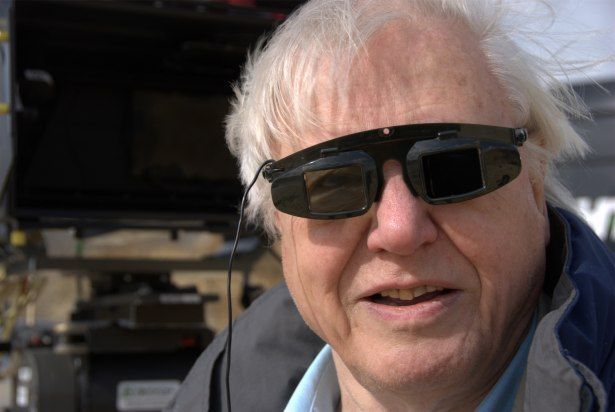
We have to agree that wildlife and natural history programmes do seem very well suited this most modern of home formats - an opinion clearly held by Sky which commissioned Sir David Attenborough's Flying Monsters as its first major 3D show. So, what's the best thing that Mead has seen in 3D so far?
"Definitely the Ryder Cup - you could see gradations of the green that you can't see in regular 2D and that, for me, is what 3D is all about - seeing something that you can't see on your regular TV experience. The shots of the fans on the bank and the green in the foreground looked fantastic in terms of depth and really showed what 3D is capable of. I've yet to see something that I don't think is good enough in 3D. As a football fan, I think there are some shots that look absolutely amazing - it's a bit more difficult on live football, but broadcasters are learning how to shoot the best angles and it works really well on the close-up replays."
It's hard to deny that good 3D on a decent panel looks fantastic, but many people remain unconvinced, so what would Mead say to 3D sceptics?
"For us, seeing is believing. We've converted a lot of the sceptics already on our roadshows. A lot of the people we asked to have a go said they weren't interested in 3D, but after some persuasion and a demo, they were completely taken aback. Most people didn't expect it to be any good and didn't think that it would be as good as the cinema.
"All we ask is that people experience it first hand, compare it to their 2D experience, and then make up their own minds."
Have you invested in a 3D TV or are you planning to? Which system do you prefer?

